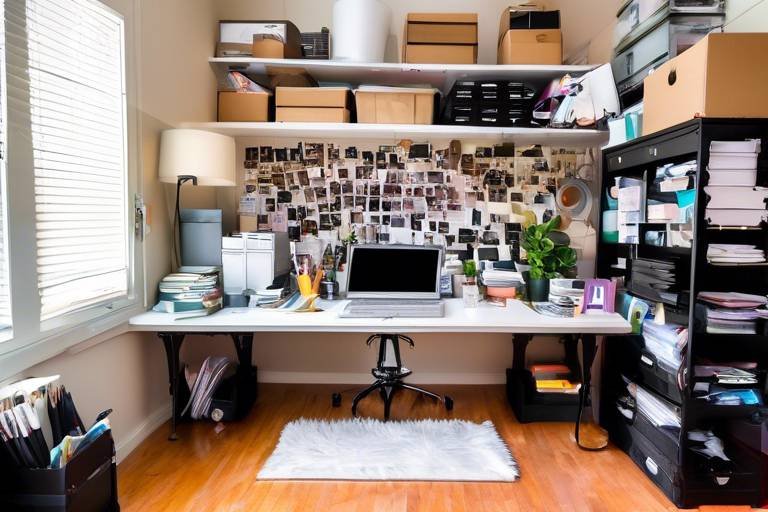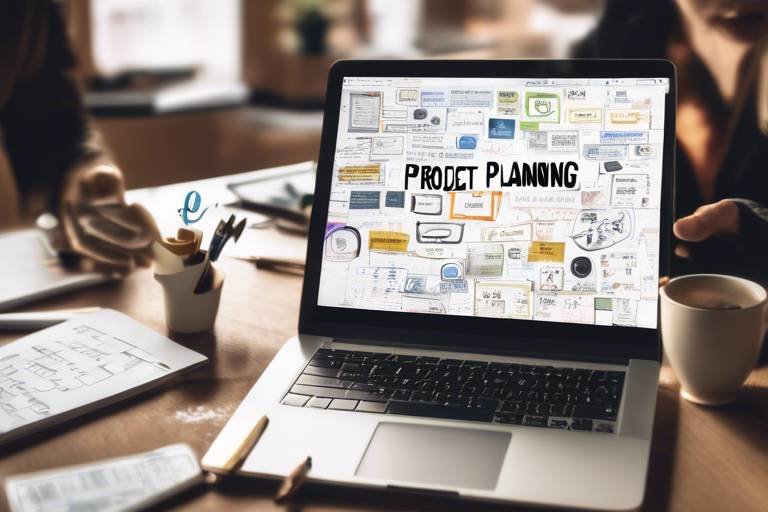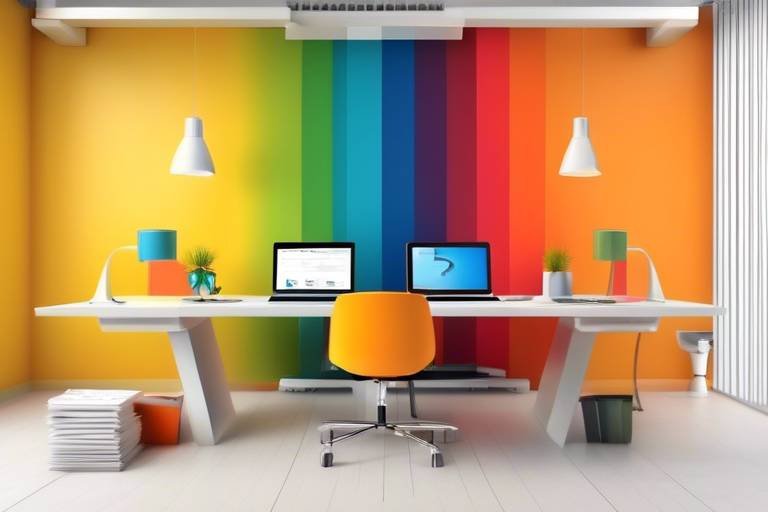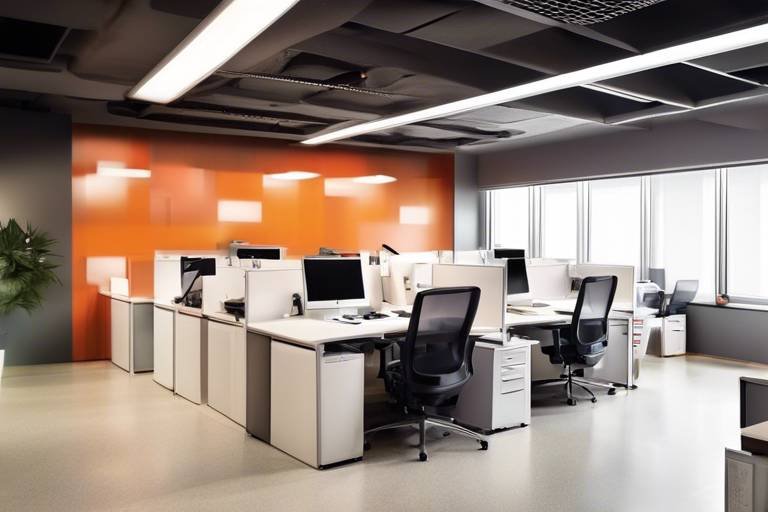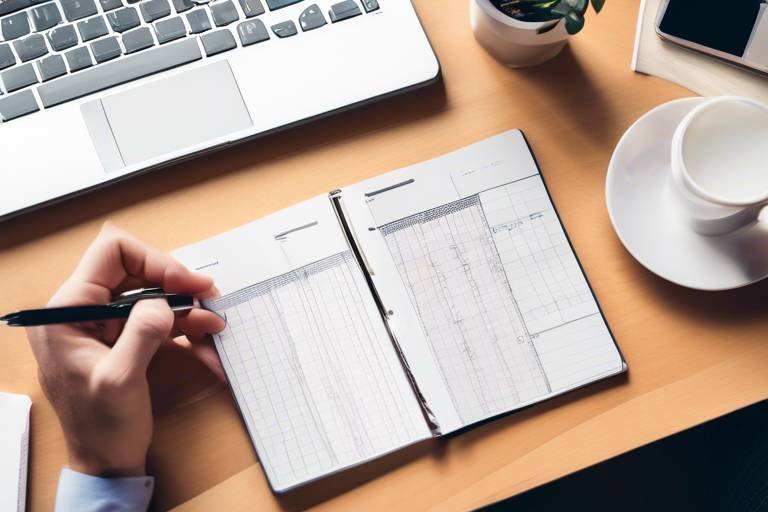Tips for Organizing Your Workspace for Maximum Efficiency
Organizing your workspace is crucial for maximizing efficiency and productivity. By decluttering your space, creating dedicated zones, and investing in storage solutions, you can create an environment that fosters focus and creativity. Let's explore some tips to help you transform your workspace into a well-organized and inspiring area.
First and foremost, decluttering your workspace is essential. Removing unnecessary items not only creates more physical space but also clears mental clutter. A tidy workspace can lead to a clearer mind and improved productivity. Consider getting rid of items that you no longer need or use to create a more streamlined environment.
Creating dedicated zones within your workspace can help you stay focused on specific tasks. Designate areas for different activities, such as a writing zone, a brainstorming area, or a relaxation corner. By separating these spaces, you can streamline your workflow and avoid distractions.
Investing in storage solutions is another key aspect of organizing your workspace. Utilize shelves, bins, and organizers to keep your supplies and documents neatly arranged and easily accessible. A well-organized workspace can save you time searching for things and increase your overall efficiency.
Technology can also play a significant role in keeping your workspace organized. Use digital tools like calendars, task management apps, and note-taking software to stay on top of deadlines and priorities. These tools can help you track your progress, set reminders, and manage your tasks effectively.
Implementing ergonomic design principles in your workspace is essential for promoting comfort and preventing strain on your body. Arrange your desk, chair, and computer setup to support good posture and reduce the risk of musculoskeletal issues. A comfortable workspace can enhance your overall well-being and productivity.
Establishing a filing system for your documents and files is crucial for maintaining an organized workspace. Organize your papers in folders, label them clearly, and store them in a logical manner. Having a systematic filing system in place can help you quickly locate important information when needed.
Personalizing your workspace with items that inspire you can create a more inviting atmosphere. Add personal touches like plants, artwork, or photos that bring you joy and motivation. A personalized workspace can boost your mood and creativity, making it a more enjoyable place to work.
Regularly cleaning and maintaining your workspace is essential for preventing clutter from building up. Schedule time to tidy up your desk, shelves, and drawers to keep your workspace organized and efficient. By maintaining a clean environment, you can create a space that is conducive to productivity and focus.
Optimizing lighting and air quality in your workspace can have a significant impact on your well-being and productivity. Ensure that your workspace is well-lit with natural or artificial light to reduce eye strain and fatigue. Additionally, maintain good ventilation to keep the air fresh and conducive to concentration.
By following these tips and implementing them in your workspace, you can create an environment that promotes efficiency, creativity, and overall well-being. Organizing your workspace is a continuous process that requires effort and commitment, but the benefits of a well-organized workspace are well worth it.

Declutter Your Space
Nine subheadings related to organizing your workspace for maximum efficiency.
When it comes to maximizing efficiency in your workspace, decluttering is the first step you should take. Clearing out unnecessary items and keeping only the essentials can help create a more organized and productive environment. Imagine your workspace as a garden - you need to remove the weeds to allow the flowers to bloom.

Create Dedicated Zones
Nine subheadings related to organizing your workspace for maximum efficiency.
Removing unnecessary items can help create a more organized and efficient workspace. It's like cleaning out your closet – getting rid of items you no longer need or use can make it easier to find what you're looking for and focus on the task at hand.
When it comes to creating dedicated zones in your workspace, think of it as dividing a room into different sections based on their functions. By designating specific areas for different tasks, you can streamline your workflow and boost productivity. For example, have a designated area for computer work, another for brainstorming, and a separate space for meetings or calls. This way, you can mentally switch gears more easily and stay focused on the task at hand.
Utilize shelves, bins, and organizers to keep your workspace tidy and items easily accessible. Just like a well-organized kitchen with labeled jars and containers, having storage solutions in place can help you quickly locate tools, documents, or supplies when needed. This not only saves time but also reduces the chances of distractions and disruptions during work.
Leverage digital tools like calendars and task management apps to stay on top of deadlines and priorities. Think of these tools as your virtual assistants, reminding you of important dates, tracking progress on projects, and helping you stay organized even in the busiest of times. With technology at your fingertips, you can manage your tasks more efficiently and effectively.
Arrange your workspace to promote comfort and reduce strain on your body during long work hours. Just like adjusting the seat and mirrors in a car for a smooth ride, ergonomic design focuses on optimizing your workspace for better health and productivity. Consider investing in an ergonomic chair, adjusting the height of your desk, and positioning your computer screen at eye level to prevent discomfort and improve your overall well-being.
Organize documents and files in a logical manner to quickly locate important information when needed. A well-structured filing system is like having a roadmap to navigate through your work materials efficiently. Whether it's sorting documents by project, client, or date, having a systematic approach to filing can save you time and frustration when searching for specific information.
Add personal touches like plants or artwork to create a welcoming and inspiring work environment. Just as decorating your living room with family photos and cozy blankets creates a warm atmosphere, personalizing your workspace can boost your mood and creativity. Surround yourself with items that bring you joy and motivation, making your workspace a place where you feel comfortable and inspired to work.
Schedule time to clean and organize your workspace to prevent clutter from building up and maintain efficiency. Similar to maintaining a clean and tidy home, regular cleaning and maintenance of your workspace can prevent distractions and promote a clear mind. Set aside time each week to declutter, dust, and organize your workspace, ensuring a fresh and inviting environment for productive work.
Ensure your workspace has adequate lighting and good ventilation to enhance focus and overall well-being. Just as natural light brightens up a room and fresh air revitalizes your senses, optimizing lighting and air quality in your workspace can positively impact your productivity and health. Position your desk near a window for natural light, use task lighting for focused work, and keep the air in your workspace fresh and clean for a conducive work environment.

Invest in Storage Solutions
Investing in storage solutions is crucial for maintaining an organized and efficient workspace. By utilizing shelves, bins, and organizers, you can keep your workspace tidy and ensure that items are easily accessible when needed. Storage solutions not only help declutter your space but also contribute to a more streamlined workflow.
Consider incorporating a mix of open shelves for frequently used items and closed storage options to keep clutter out of sight. This balance can help create a visually appealing workspace while maximizing efficiency. Additionally, labeling storage containers and shelves can further enhance organization and facilitate quick retrieval of items.
When selecting storage solutions, opt for versatile pieces that can adapt to your changing needs. Modular storage systems or adjustable shelving units allow for customization based on the items you need to store. This flexibility ensures that your workspace remains efficient and tailored to your workflow.
Furthermore, investing in storage solutions that complement your workspace's design can create a cohesive and harmonious environment. Choose storage options that blend seamlessly with your existing furniture and decor to maintain a unified look. This attention to detail can elevate the overall aesthetic appeal of your workspace.
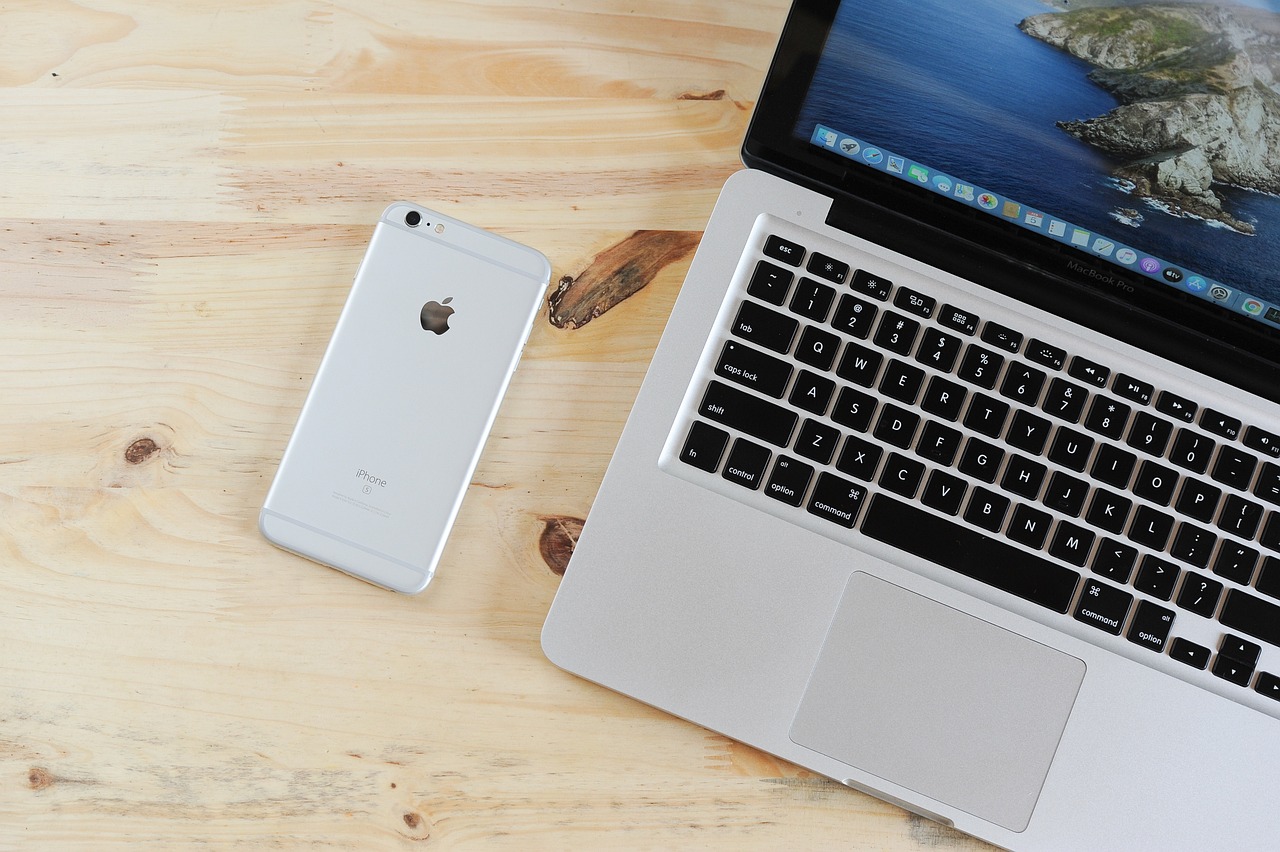
Use Technology to Stay Organized
When it comes to organizing your workspace for maximum efficiency, one of the most effective strategies is to use technology to your advantage. By leveraging digital tools and applications, you can streamline your workflow, stay on top of deadlines, and prioritize tasks effectively.
Investing in a reliable calendar app can help you schedule and track important meetings, deadlines, and appointments. By setting reminders and notifications, you can ensure that nothing falls through the cracks and that you stay organized and on track.
Task management apps are another valuable resource for staying organized. These tools allow you to create to-do lists, set priorities, and track progress on various projects. With features like deadlines, subtasks, and progress tracking, you can easily manage your workload and ensure that nothing gets overlooked.
Cloud storage services are essential for keeping your files and documents organized and easily accessible. By storing your files online, you can access them from anywhere, collaborate with team members in real-time, and ensure that your data is securely backed up.
Communication tools such as instant messaging apps and video conferencing platforms are also crucial for staying connected and organized. By facilitating quick and efficient communication with colleagues and clients, these tools can help you stay on top of projects and deadlines.
Overall, integrating technology into your workspace can significantly improve your efficiency and productivity. By adopting the right tools and applications, you can streamline your workflow, stay organized, and focus on what truly matters.
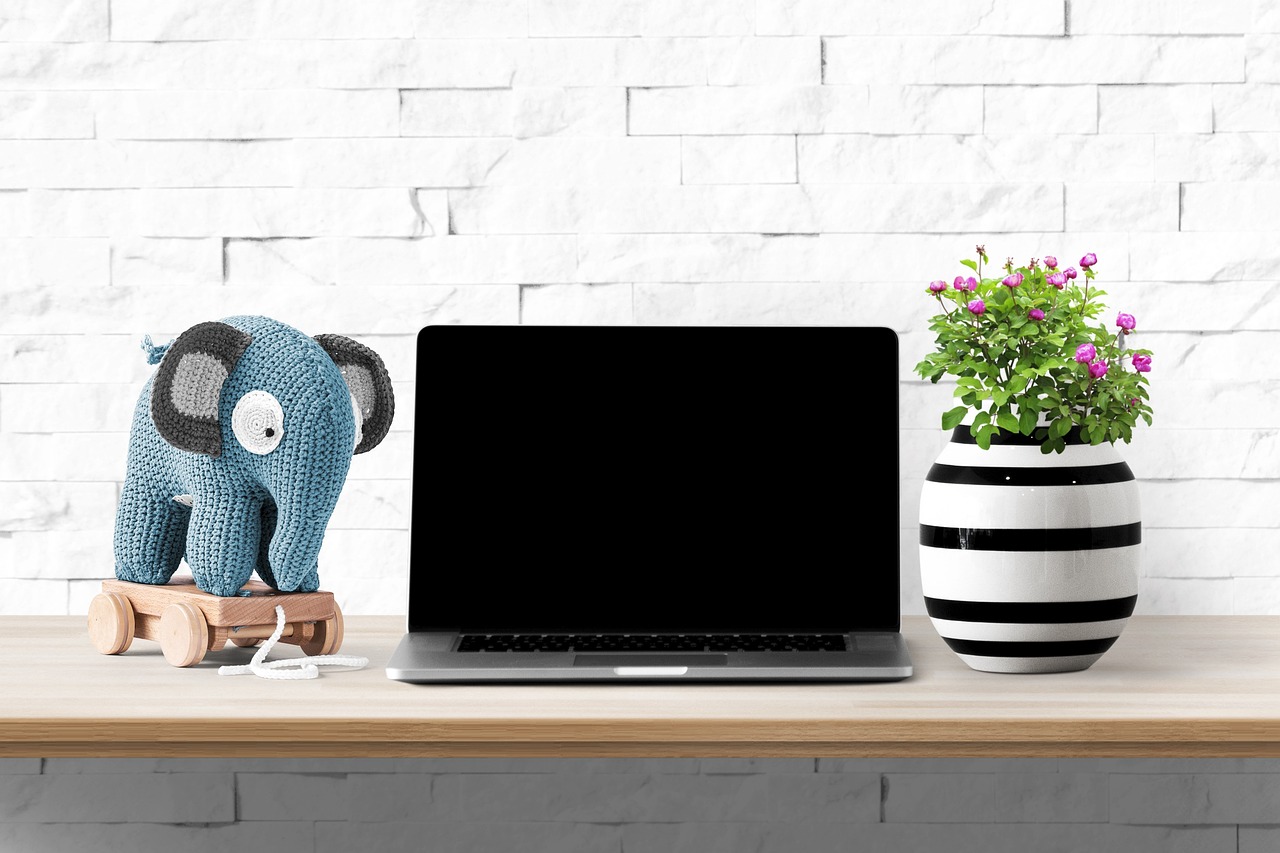
Implement Ergonomic Design
When it comes to maximizing efficiency in your workspace, implementing ergonomic design is crucial. Ergonomics is all about creating a work environment that is not only comfortable but also promotes productivity and reduces the risk of strain or injury. By arranging your workspace in an ergonomic manner, you can work more comfortably and efficiently for longer periods.
One key aspect of ergonomic design is ensuring that your desk and chair are set up properly to support your body. Your chair should provide good back support, and your feet should be flat on the floor or on a footrest. The height of your desk should allow your arms to be parallel to the ground when typing to prevent strain on your wrists and shoulders.
Additionally, consider investing in ergonomic accessories such as a keyboard tray, monitor stand, or a standing desk converter. These tools can help you adjust the height and angle of your devices to reduce neck and eye strain. Proper ergonomics can also include using a mouse pad with wrist support to prevent carpal tunnel syndrome and other repetitive strain injuries.
Another important aspect of ergonomic design is organizing your workspace in a way that minimizes unnecessary movements. Keep frequently used items within arm's reach to avoid constant reaching and twisting. Use cable management solutions to keep cords out of the way and prevent tripping hazards.
Furthermore, consider the lighting and temperature of your workspace. Natural light is ideal for productivity, so position your desk near a window if possible. If natural light is limited, invest in a good desk lamp with adjustable brightness levels. Maintaining a comfortable temperature and good air quality in your workspace is also essential for optimal productivity.
Remember, ergonomic design is not just about the physical setup of your workspace but also about taking care of your overall well-being. Take regular breaks to stretch and move around, practice good posture, and listen to your body's signals to avoid overexertion. By prioritizing ergonomics in your workspace, you can enhance your efficiency, focus, and long-term health.
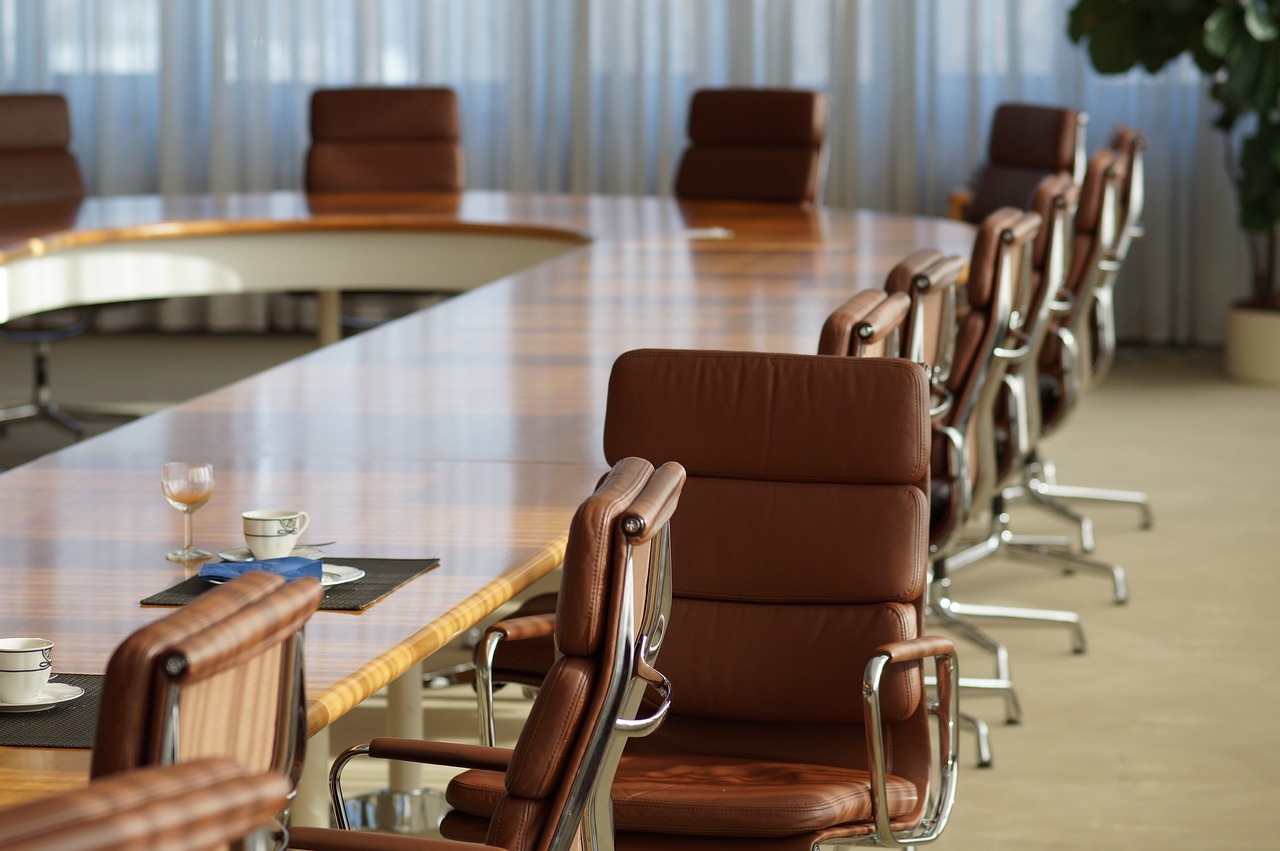
Establish a Filing System
When it comes to organizing your workspace for maximum efficiency, establishing a filing system is crucial. A well-organized filing system can save you time and reduce stress by allowing you to quickly access important documents when needed. Imagine your filing system as the backbone of your workspace, providing structure and order to your work environment.
One effective way to establish a filing system is to categorize your documents based on their importance and frequency of use. Create separate folders or drawers for different types of documents such as invoices, contracts, or project files. By categorizing your files, you can easily locate specific documents without sifting through a mountain of paperwork.
Consider using color-coded labels or tabs to further organize your filing system. Color-coding can visually differentiate between different categories or projects, making it easier to identify and retrieve documents at a glance. This simple yet effective method can significantly improve the efficiency of your workspace.
Another important aspect of a filing system is to regularly declutter and archive old or unnecessary documents. Periodically review your files and remove any outdated or redundant information to prevent your filing system from becoming overcrowded. By maintaining a streamlined and up-to-date filing system, you can ensure that only relevant documents are kept within reach.
Additionally, digital filing systems can be a valuable tool in modern workspaces. Utilize software or cloud-based platforms to store and organize electronic documents, reducing the need for physical storage space and enhancing accessibility. Digital filing systems offer the advantage of quick search capabilities and remote access, enabling you to retrieve files from anywhere with an internet connection.
Remember, a well-organized filing system is not just about storing documents; it's about creating a system that works for you. Tailor your filing system to suit your specific needs and workflow, ensuring that it enhances your productivity and efficiency in the long run.
By establishing a filing system that is intuitive, organized, and regularly maintained, you can transform your workspace into a well-oiled machine where information is easily accessible and productivity thrives.
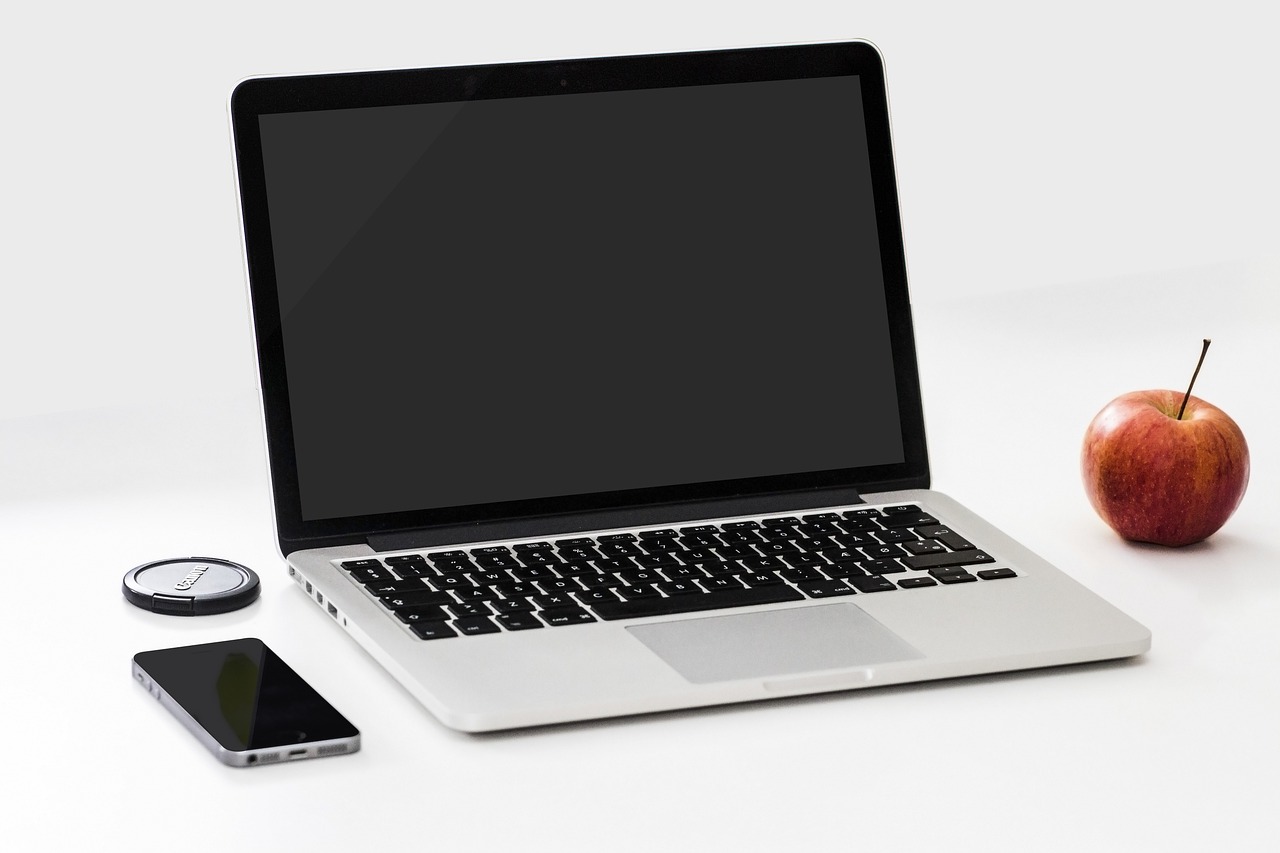
Personalize Your Space
Creating a personalized workspace can significantly impact your productivity and overall well-being. Just like how adding your favorite toppings to a pizza makes it more enjoyable, adding personal touches to your workspace can make it a place where you feel motivated and inspired to work.
Consider incorporating elements that reflect your personality and interests. This could be as simple as placing a photo of your loved ones on your desk or hanging motivational quotes that resonate with you on the wall. These small additions can create a sense of belonging and comfort in your workspace, making it feel like your own personal sanctuary amidst the daily hustle.
Plants are also a great way to personalize your space while bringing a touch of nature indoors. Not only do they add a pop of color and freshness to your workspace, but they also have proven benefits for mental health and productivity. Choose plants that are easy to care for and complement your workspace aesthetic.
Artwork is another effective way to personalize your space. Whether it's a painting that inspires you or a print of your favorite artist, surrounding yourself with visually appealing art can boost creativity and motivation. Consider creating a gallery wall or rotating artwork to keep your workspace dynamic and engaging.
Remember, personalizing your space is all about creating an environment that resonates with you and makes you feel comfortable and inspired. Experiment with different elements until you find the perfect balance that enhances your work experience and brings a smile to your face every time you sit down to work.
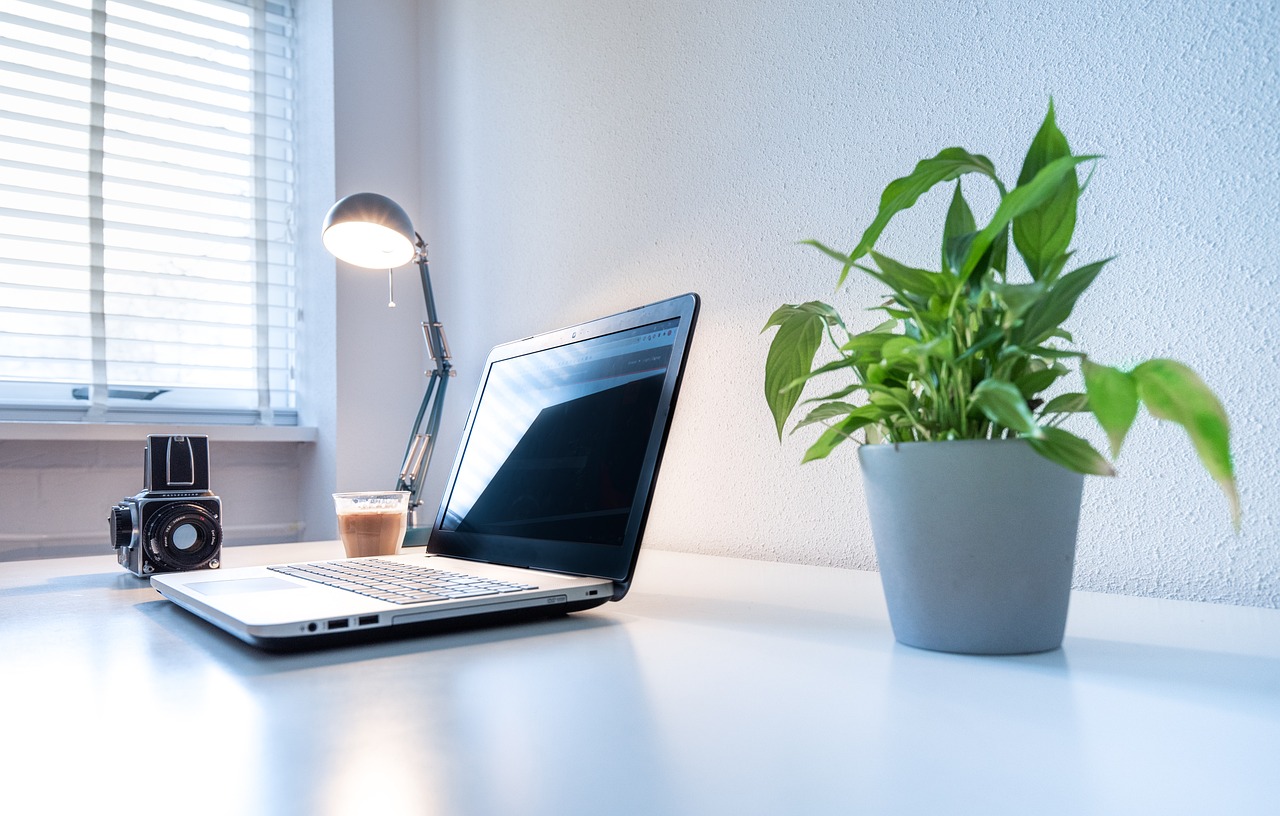
Regularly Clean and Maintain
Organizing your workspace is crucial for maximizing efficiency and productivity. Let's dive into some essential tips to help you create a workspace that fosters focus and creativity.
Keeping your workspace clean and well-maintained is key to ensuring a productive environment. Regular cleaning not only enhances the visual appeal of your workspace but also contributes to your overall well-being. Dusting off surfaces, decluttering your desk, and organizing your supplies can make a significant difference in how you feel and work.
Set aside time each week to tidy up your workspace. Create a cleaning schedule to ensure that you stay on top of maintenance tasks. By incorporating cleaning into your routine, you can prevent clutter from accumulating and maintain a fresh and inviting workspace.
Consider investing in storage solutions such as bins, shelves, or drawer organizers to keep your supplies neatly arranged. Labeling storage containers can also help you quickly locate items when needed, saving you time and reducing stress. A well-organized workspace not only looks professional but also promotes efficiency in your daily tasks.
In addition to physical cleaning, don't forget to maintain your digital workspace as well. Regularly declutter your computer files, organize your emails, and back up important data. A clutter-free digital environment can improve your focus and streamline your workflow.
Furthermore, incorporating plants into your workspace can not only enhance the aesthetic appeal but also improve air quality. Plants can help reduce stress, increase productivity, and create a calming atmosphere. Choose low-maintenance plants that thrive indoors and add a touch of nature to your workspace.
Remember, a clean and well-maintained workspace is essential for boosting your efficiency and overall work performance. By prioritizing regular cleaning and maintenance, you can create a conducive environment that supports your success.
Q: How often should I clean my workspace?
A: It is recommended to clean your workspace at least once a week to maintain cleanliness and organization.
Q: What are some quick cleaning tips for busy professionals?
A: Quick cleaning tips include decluttering your desk at the end of each day, wiping down surfaces with disinfectant wipes, and organizing your supplies in designated storage containers.
Q: How can I incorporate cleaning into my daily routine?
A: Set aside a few minutes each day to tidy up your workspace, such as clearing away clutter, filing away documents, and wiping down surfaces. Consistent daily maintenance can prevent a buildup of mess and promote a clean and efficient workspace.
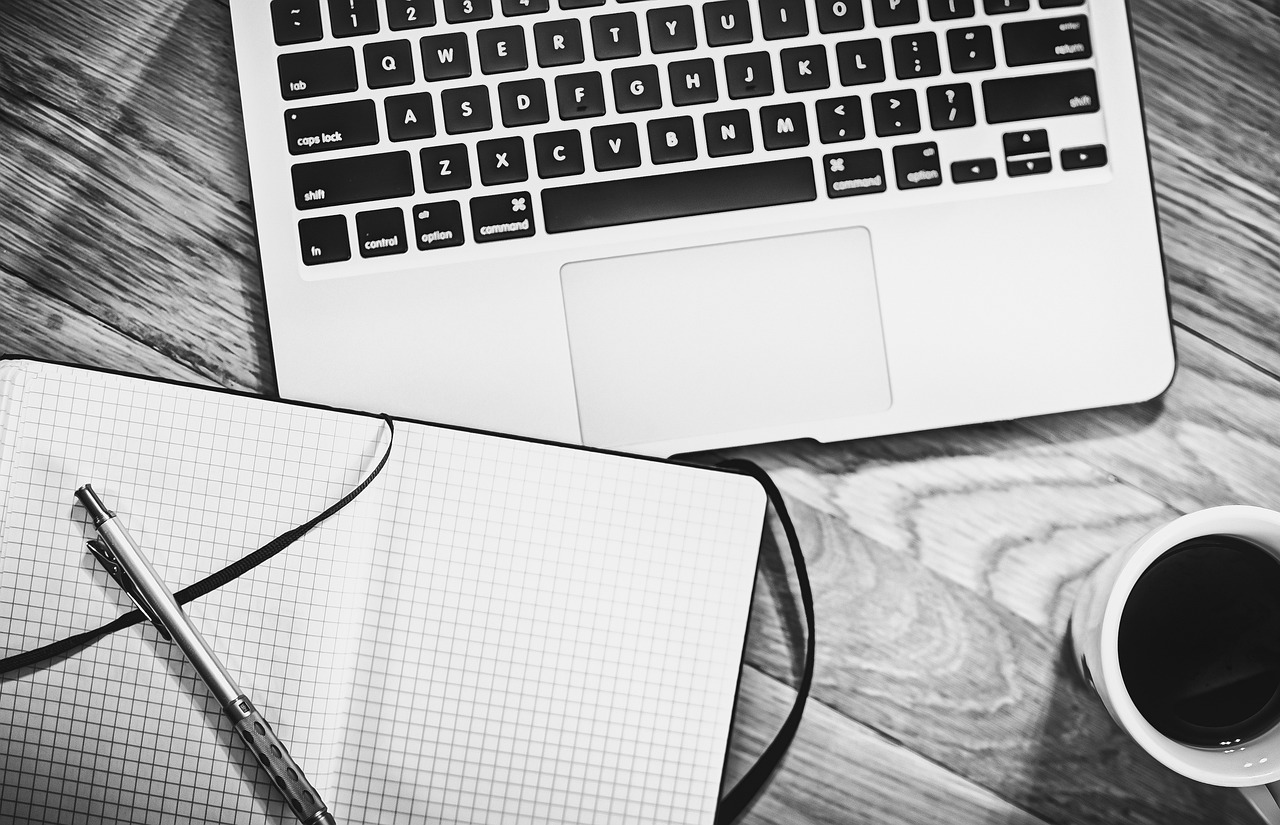
Optimize Lighting and Air Quality
When it comes to optimizing your workspace for maximum efficiency, one crucial aspect to consider is the lighting and air quality. These elements play a significant role in enhancing focus, productivity, and overall well-being while working. By ensuring that your workspace is well-lit and has good ventilation, you can create an environment that is conducive to high performance.
Proper lighting is essential for reducing eye strain and preventing fatigue. Natural light is the best option whenever possible, as it not only illuminates your space effectively but also has a positive impact on your mood and energy levels. If natural light is limited, consider using task lighting such as desk lamps to provide adequate illumination for specific work areas.
In addition to lighting, air quality is another key factor that can influence your productivity. Poor ventilation and indoor air quality can lead to health issues, including headaches, fatigue, and difficulty concentrating. To optimize air quality in your workspace, ensure proper ventilation by opening windows when possible or using air purifiers to remove pollutants from the air.
Moreover, incorporating plants into your workspace can also help improve air quality by acting as natural air purifiers. Plants not only add a touch of greenery and aesthetic appeal but also contribute to a healthier indoor environment by absorbing carbon dioxide and releasing oxygen.
When organizing your workspace, consider the placement of your desk in relation to windows to maximize natural light exposure and airflow. Positioning your desk near a window can help you benefit from natural light during the day and allow for fresh air circulation, creating a more pleasant and productive work environment.
By optimizing lighting and air quality in your workspace, you can create a harmonious and energizing atmosphere that supports your focus, creativity, and overall well-being. Investing in these aspects of your workspace can have a significant impact on your work performance and satisfaction.
Frequently Asked Questions
- How can decluttering my workspace improve efficiency?
Decluttering your workspace helps in reducing distractions, making it easier to focus on tasks at hand. It also saves time by eliminating the need to search for items in a cluttered environment.
- Why is creating dedicated zones important for organizing my workspace?
Creating dedicated zones helps in mentally preparing for specific tasks and keeps everything in its designated place, reducing the time wasted on searching for tools or materials needed for different activities.
- What are the benefits of using technology to stay organized?
Technology tools like calendars and task management apps help in setting reminders, prioritizing tasks, and tracking progress, leading to better time management and increased productivity.
- How does ergonomic design contribute to a more efficient workspace?
Ergonomic design ensures that your workspace is set up in a way that promotes proper posture and reduces strain on your body, leading to increased comfort and focus during work.
- Why is it important to personalize my workspace?
Personalizing your workspace with items that inspire you can boost motivation and creativity, creating a more pleasant work environment that enhances overall well-being.

